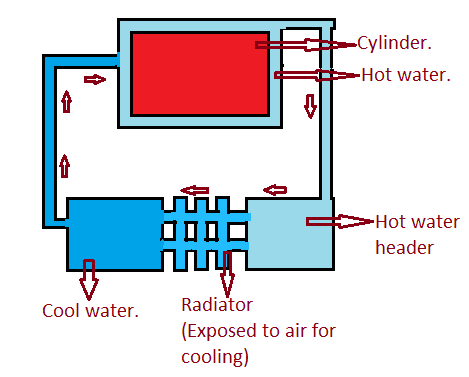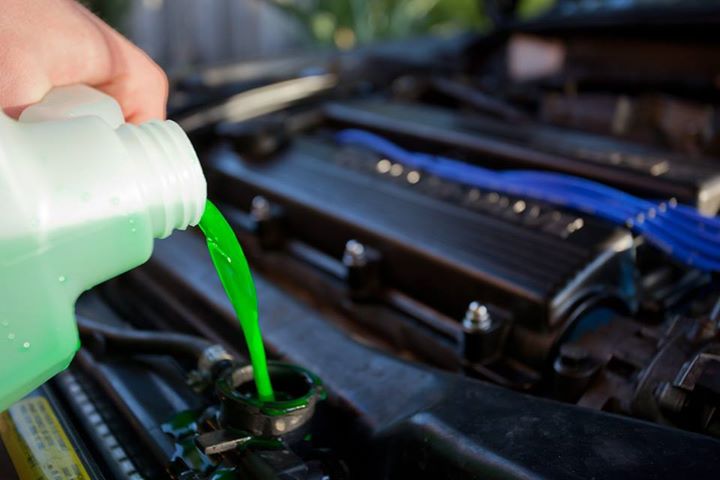Have you ever wondered why your car sometimes makes that weird grinding noise when you change gears? Chances are, it’s because the clutch is not working as it should. In this article, we will be discussing the basics of how a clutch works in a motor vehicle and why it is important.
The clutch is an essential part of a motor vehicle, serving as the mechanical linkage between the engine and transmission system. It works by temporarily disconnecting the drive wheels when the clutch pedal is depressed, allowing for smooth gear changes. This prevents any abrupt shocks to the engine and transmission system which could potentially cause damage
When you depress the clutch pedal, it pushes on a release bearing which causes a pressure plate to move away from the clutch disc (also known as a friction disc), thus releasing its grip on both components. This allows for smoother gear shifts without having to pause or rev up the engine too much. When you release the clutch pedal, it causes pressure to be applied to both components again and gets them back in sync.
Clutches can come in various shapes and sizes depending on various factors such as age, type of vehicle and condition of wear and tear. For example, some newer cars may have dual-clutch transmissions which require two clutches instead of one; this reduces shift times while increasing fuel efficiency at the same time. On older vehicles with manual transmissions, there may also be hydraulic clutches which use hydraulic fluid to push against a diaphragm spring in order to apply pressure against both components.
Conclusion:
In short, clutches are an essential part of any motor vehicle as they provide drivers with smooth gear changes while also protecting their engine and transmission systems from potential damage due to abrupt shifts or sudden changes in speed or torque output. Understanding how clutches work can help drivers identify problems more easily if something does happen to go wrong; this way they can get their car checked out before any serious damage occurs! Thanks for taking time out of your day to read about how clutches work; if you have any other questions feel free to reach out!


